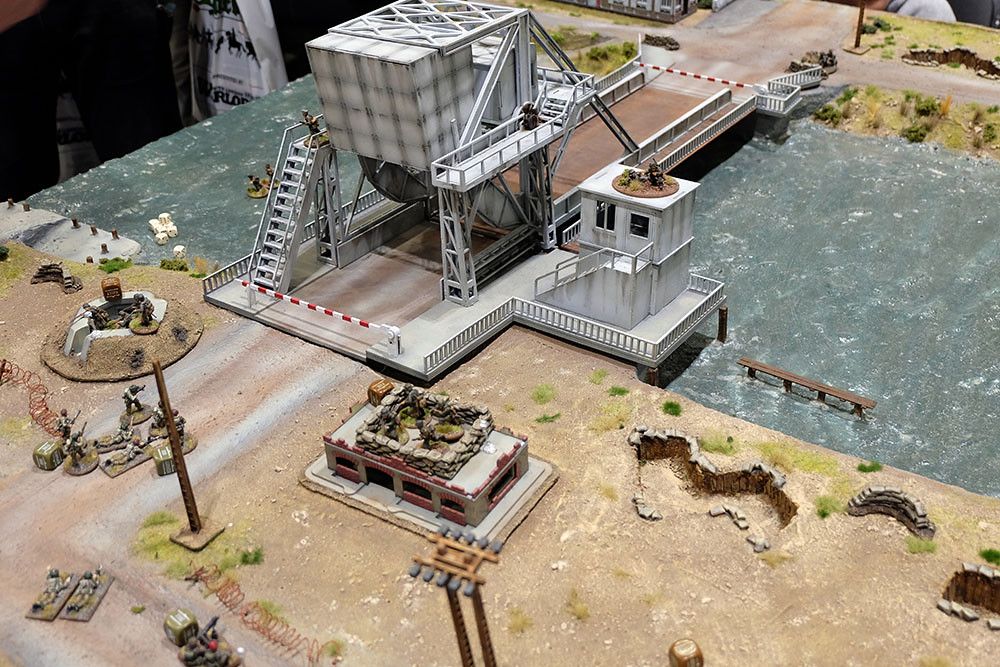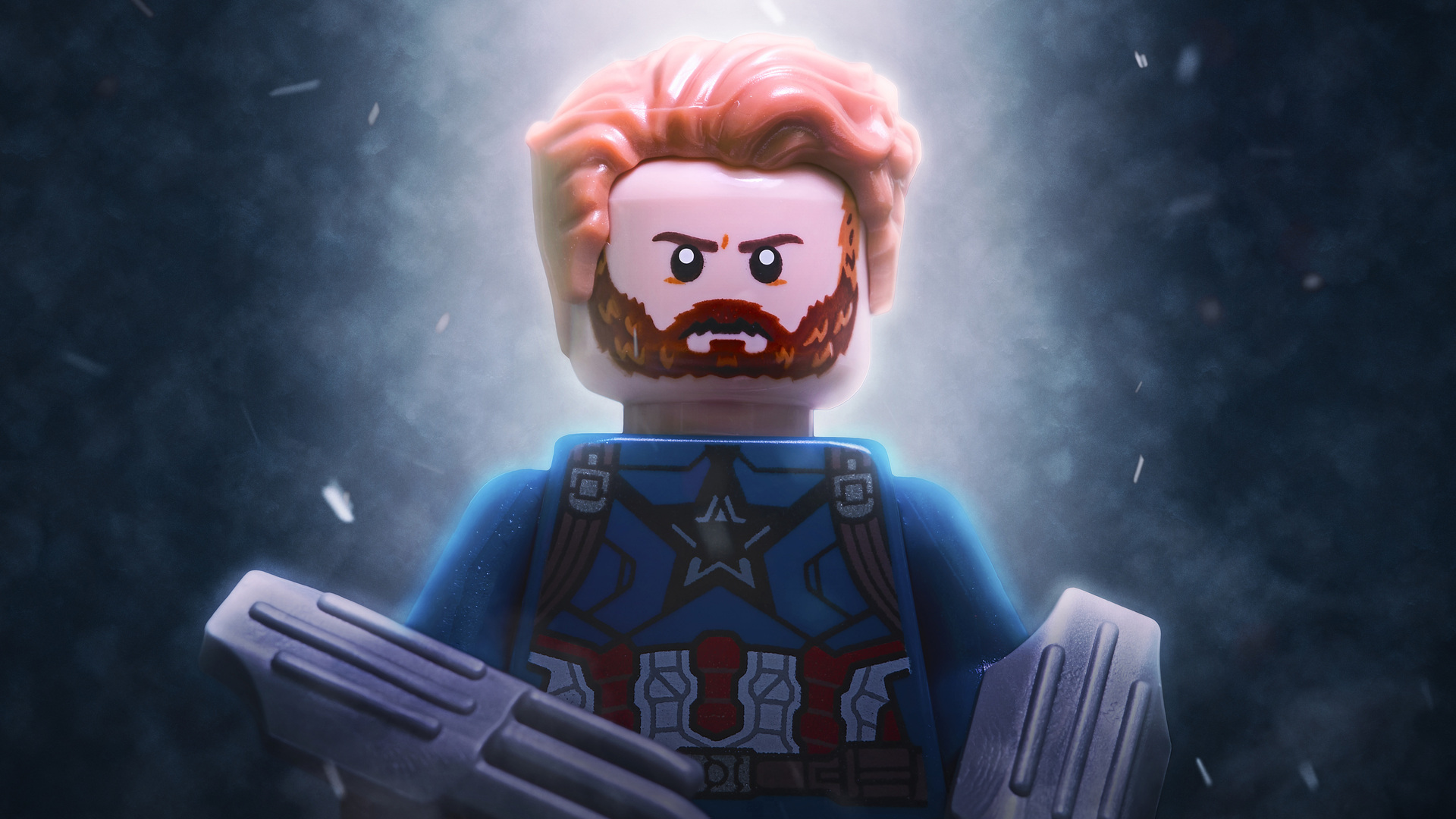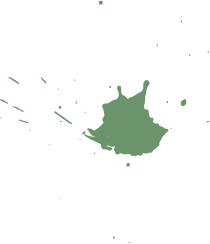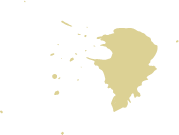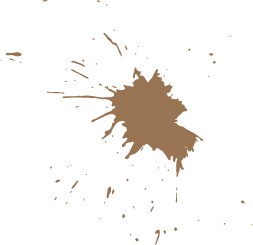WAFFEN-SS PLANE TREE CAMOUFLAGE PAINTING
Andres Amian Fernandez, a Warlord painter, had created this useful instructional for painting early Waffen-SS camo schemes…
Barbarian tribes’ camouflage, tartan, pants, and capes are some of the most difficult to paint while painting miniatures. We may be unsure of where to begin, what colour to use as a base, which colours will produce the best contrast, and so on.
German camouflage designs, particularly those of the Waffen-SS, are among the most sophisticated in WWII. In this occasion, I’ll show you how I paint the Early War Waffen-SS uniforms, specifically the Spring Plane Tree camo pattern and the Autumn Plane Tree camo pattern. We must keep in mind that we are painting 28mm miniatures, therefore we should aim for a close representation of the uniform rather than an exact replica. The scheme has been simplified, and the size of the patches and dots, as well as the contrasts between the different colours in the pattern, have been exaggerated.
The goal is to make the tiny stand out on the gaming table and be easily identifiable from a distance, while still looking like a Waffen-SS figure. The same technique of exaggeration can be applied to the remainder of the camos and intricate schemes on miniatures from various sides and periods. This isn’t the best way or the one that works the best; it’s just one that I choose to use.
The camo was painted after the miniature was finished, but it may be done at any moment, even before the rest of the tiny is painted. It depends on how at ease you are and whether you are afraid about spoiling portions that have previously been completed.
Vallejo Model Color (VMC) and Vallejo Panzer Aces were used as colour references (VPA). I’m also supplying Wargames Foundry colour cues (F).
VMC 823 Luftwaffe Cam was my first choice. As a foundation colour, I used Green/F 70B French Dragoon Green (fig.1) and VMC 833 German Cam. Bright Green/F 70C French Dragoon Green highlights on the smock fabric and helmet cover to emphasise the folds.
Then I used VMC 826 German Cam. Medium Brown/F 121B Dark African Flesh to add uneven patches.
The painting should have a milky quality, with half paint and half water. It is possible to apply the paint smoothly and carefully in this manner. Painting overlapping oval shapes is one approach to make these patches; a few smaller dots or spots will suffice.
The next step is to use VMC 850 Black/F 34A Black to apply the fixes.
Repeat the technique with the brown patches, covering some of them and ensuring that each camo colour covers nearly the same surface. If required, apply dark grey highlights to fade the black a little. VMC 995 German Grey/F 39B Storm Blue was chosen in this occasion.
On the black and brown sections (fig. 6), apply dots sporadically using VMC 833 German Cam. Bright Green/F 70C French Dragoon Green and a few dots using 826 German Cam. Medium Brown/F 121B Dark African Flesh (fig. 7). The colours of the patches appear to be visible through the spaces between the patches on top in this fashion (in this case black on brown and the green base; brown on the green base).
Painting a few patches on either side of some of the straps and belts to emphasise the fact that the rest of the accessories are worn on top of the smock is one approach to make the uniform look more lifelike.
I used the same method for the Autumn Plane Tree camo pattern that I did for the Spring Pattern, but I added extra highlight to one of the colours. VPA 332 Japanese Tankcrew Highlight Plus a smidgeon of VMC 822 German Cam were my starting points. I used VPA 332 Japanese Tankcrew Accent/F 85B German Splinter Tan as the foundation colour and VPA 332 Japanese Tankcrew Highlight/F 85A German Splinter Tan to highlight the creases on the garments.
For the patches, I used VPA 311 New Wood/F 45B Deep Brown Leather and painted them in the same manner as the Spring Pattern (fig.10), but I added highlights with VMC 824 German Cam. Orange Ochre/F 7A Buff Leather for more contrast.
I then painted the VMC 822 German Cam after that. VMC 872 Chocolate Brown/F 42A Bay Brown patches were used to accentuate the Black Brown/F 72A Musket Stock Brown patches.
To finish, I used VPA 332 Japanese Tankcrew Highligh/F 85B German Splinter Tan on the brown and Desert Yellow patches, and VMC 824 German Cam. Orange Ochre/F 7A Buff Leather on the brown patches to produce the appearance of overlapping patches visible through the intervals between them.
After the painting is completed, the miniatures should be varnished. A coat of gloss varnish will act as a protective layer, while a coat of matt varnish will hide the gloss. If the gloss layer is not used, it is always a good idea to use the matt varnish to remove any remaining gloss after some colours have dried.
On the same miniature (and in the same unit), we can use both Plane Tree Camo patterns, for example, the Spring pattern on the smock and the Autumn design on the helmet cover (or vice versa). The resulting camouflage will enhance the miniature and bring the game to life. It may appear difficult at first, but it is only a matter of practising and painting multiple miniatures at once.



